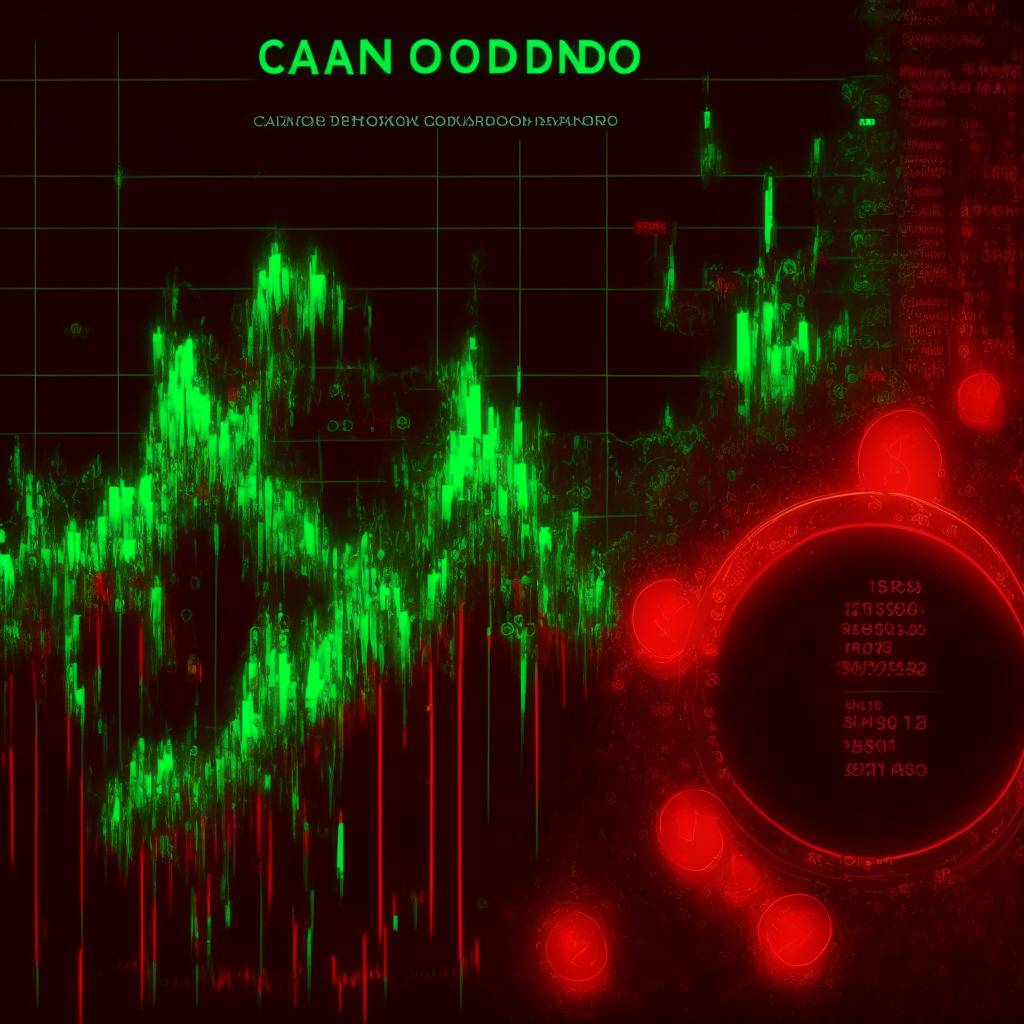As the crypto market twists and turns in its complex dance, recent data on Bitcoin futures suggests that the next logical step could take us to a $22,000 BTC. This potential correction comes as BTC derivatives show signs of bearish tendencies that make a price drop appear increasingly likely.
Market sentiment dampened upon the rescheduling of numerous BTC exchange-traded fund (ETF) demands by the U.S. Securities and Exchange Commission (SEC), despite Grayscale Asset Manager’s win against the SEC on Aug. 29. The market is conflicted over whether the benefits of a possible ETF can tip the scales against the mounting risks.
The enthusiasm surrounding a spot ETF appears to be waning. The 19% rally following BlackRock ETF’s initial filing became fully retracted, driving Bitcoin back down to $26,000. The market’s hopes for an ETF approval were stoked when there were favourable news about Grayscale Bitcoin Trust’s (GBTC) application, but this was soon followed by a failed attempt to reclaim the $28,000 support.
Adding to this unease, a potential indictment of the leading cryptocurrency exchanges, Binance and Coinbase, by the U.S. Department of Justice (DOJ) is looming over the market. Accusations of money laundering and potential sanctions violations involving Russian entities underpin these claims.
Notably, North Code Capital CIO and Bitcoin supporter Pentoshi, argues that the potential benefits of an ETF approval outweigh potential regulatory actions against exchanges. However, a counterpoint to this view comes from the U.S., which has seen inflation decrease to 3.2% in July 2023 from 9.1% a year prior, which poses additional considerations.
Furthermore, the U.S. Federal Reserve’s total assets have slumped from their recent peak at $8.73 trillion to $8.12 trillion, indicating a drain of liquidity from the markets. This finding further complicates the status of Bitcoin as an inflation protector, weakening its position.
The uncertain regulatory landscape appears to provide more advantages for the bears. There is a growing unease about possible DOJ actions and ongoing SEC lawsuits against the exchanges that are driving fear and uncertainty into investors.
In hindsight, Bitcoin derivatives data suggests a growing bearish momentum, with a potential deferment of a spot ETF approval until 2024 due to concerns about unregulated offshore exchanges. Despite the heightened chances of a spot Bitcoin ETF approval, the recent inability to sustain a positive price trajectory indicates a likely descent to $22,000 — the level last seen when Bitcoin’s futures premium was 3.5%.
While future perspectives are always fraught with uncertainty, one thing remains clear – the cryptocurrency landscape continues to evolve with magnetic dynamism. Only time will tell whether a dramatic price drop is on the horizon, or if the potential of a spot ETF can uplift the market yet again.
Source: Cointelegraph




